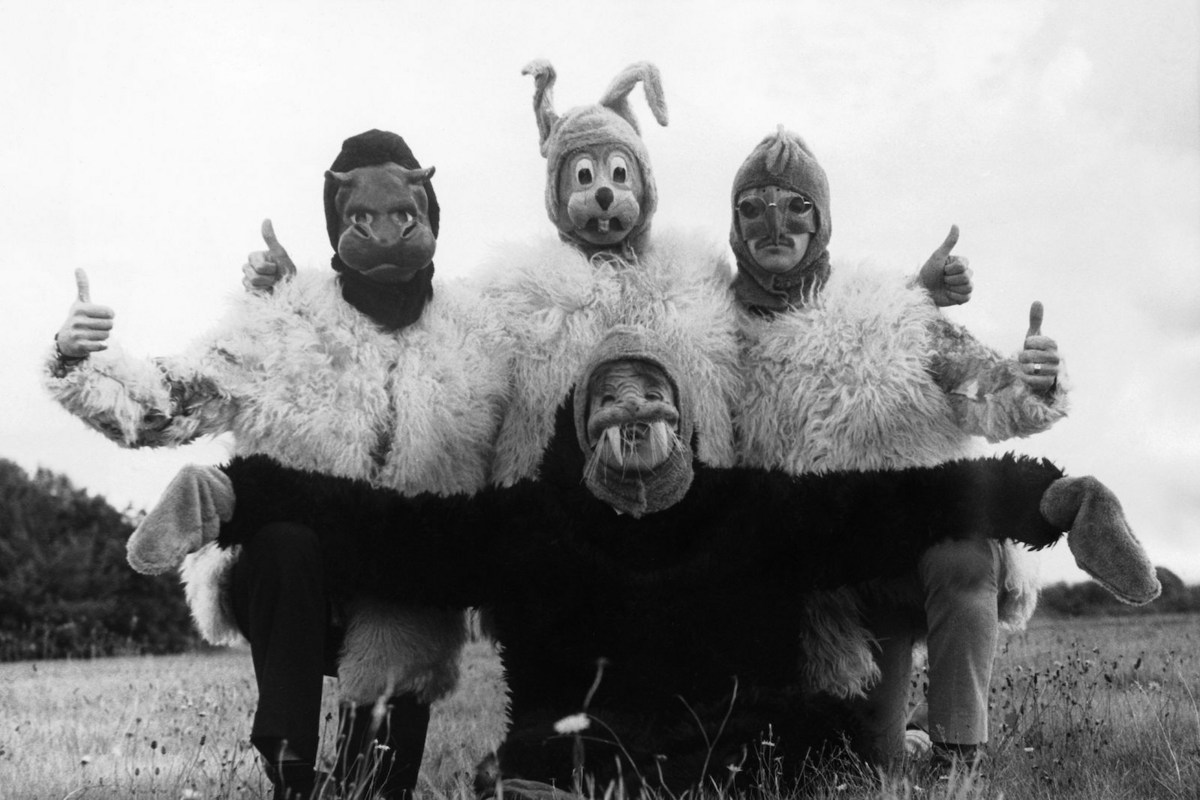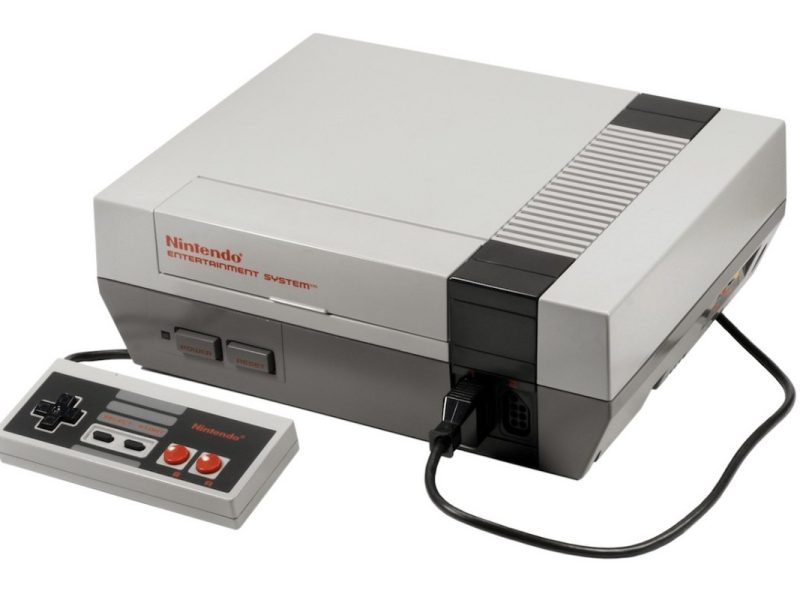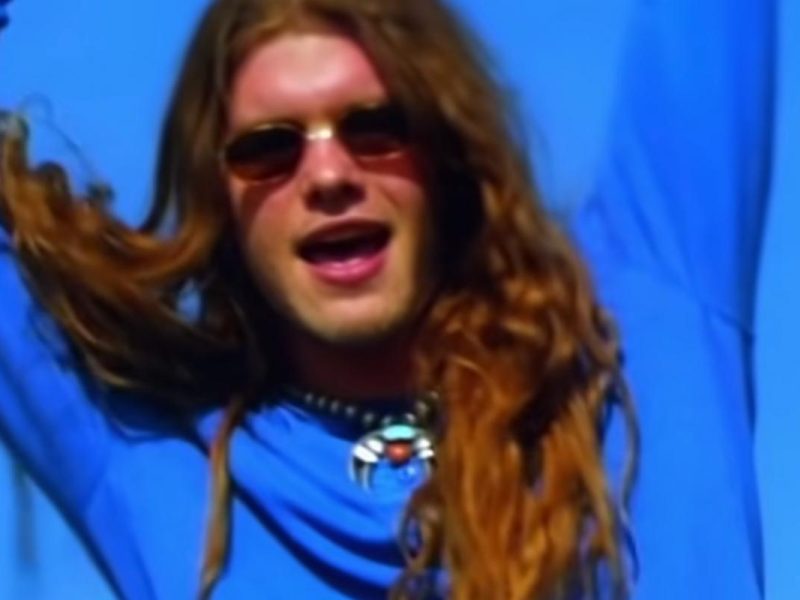By the second half of the ’60s, the Beatles had already made two films full of comical escapades and quick-witted mischief.
Both 1964’s A Hard Day’s Night and 1965’s Help! had been well received by fans and critics, but the same could not be said for the band’s third foray into the world of filmmaking, 1967’s Magical Mystery Tour.
It is difficult to describe the plot of Magical Mystery Tour, namely because there really isn’t one. A group of friends and family embark on a bus trip, and various strange happenings ensue thanks to a cohort of “magicians” – four of whom are played by the Beatles themselves and the fifth by their long-time road manager Mal Evans. The film is designed to be structureless – a stream of consciousness that might best be compared to Ken Kesey’s trip with the Merry Pranksters — underscored with the songs that would appear on the Magical Mystery Tour album.
When the 52-minute film was first broadcast across British televisions on Dec. 26, 1967, it understandably confused viewers. “It wasn’t the kind of thing we could do a disclaimer before it and say, ‘Ladies and gentlemen, what you are about to see is a product of our imaginations,'” Paul McCartney said in 2012’s Magical Mystery Tour Revisited, “and believe me, at this point they’re quite vivid.”
Ringo Starr placed the blame on McCartney. “It was Paul’s idea, really,” he said.
Watch a Trailer for ‘Magical Mystery Tour’
When filming began on Sept. 11, 1967, McCartney did indeed have an idea – lots of them actually, but not a definitive script. Instead, he brought along a hand-drawn, circular diagram with sketched possibilities for the film, which he dubbed a “scrupt.”
They had experienced help from co-producer Denis O’Dell, who had worked as an associate producer on A Hard Day’s Night, as well as 1967’s How I Won the War starring John Lennon. (O’Dell would go on to head Apple Films for the Beatles in 1968.) But the lack of a clear plan doomed the project from this very first day.
“We knew most of the scenes we wanted to include, but we bent our ideas to fit the people concerned, once we got to know our cast,” Lennon later admitted. “If somebody wanted to do something we hadn’t planned, they went ahead. If it worked, we kept it in.”
The bulk of work took place through Sept. 25, with many scenes being filmed at the Royal Air Force West Malling, a decommissioned military airfield in Kent. The ballroom scene for “Your Mother Should Know” took place in an old air-craft hangar, the sequence for “I Am the Walrus” was filmed right out on the runway. In another set location clue, RAF Air Training Corps cadets come marching through.
Pretty much anything was fair game, as assistant producer Gavrik Losey told the Guardian in 2012. “There was nobody there blowing a whistle and stamping their feet and saying, ‘Do this and do that.'”
Watch ‘I Am the Walrus’ From ‘Magical Mystery Tour’
Bills quickly ballooned, notably around the very costly “Your Mother Should Know” scene, but McCartney deemed it necessary. “The big prop was that great big staircase that we danced down, that was where all the money went: in that particular shot on that big staircase,” McCartney remembered in Many Years From Now. “I said, ‘Sod it, you’ve got to have the Busby Berkeley ending,’ and it is a good sequence. Just the fact of John dancing, which he did readily. You can see by the fun expression on his face that he wasn’t forced into anything.”
Such an elaborate, disorganized approach ensured that things went wrong from time to time, Losey confirmed. “Like when the generators collapsed before the formation dancers had to go home,” he said. “Bribes had to be produced, and signed pictures. They were Come Dancing dancers, the real thing, brought down from Newcastle, Cardiff and Birmingham. We had about 20 busloads. The Beatles were a great calling card.”
The bulk of filming was done in two weeks but the editing process, which began on Sept. 25, took far longer than expected at 11 weeks. Ultimately, roughly 10 hours of material had to be trimmed down to 52 minutes.
Still, in at least one case, a song couldn’t be matched with the haphazard footage on hand. Film editor Roy Benson ended up pairing a re-used B-52 aerial sequence from 1964’s Dr. Strangelove with the instrumental “Flying.” He was able to do this because he had access to Shepperton Studios, where Dr. Strangelove had been filmed, though this reportedly upset director Stanley Kubrick.
Magical Mystery Tour did not charm viewers when it was initially broadcast — first in black and white, then in color — but it did offer a unique visual representation of the Beatles’ boundless creativity and their continuing role as pop culture icons. “It remains a very interesting observation of English society,” Losey added, “from the point of view of four very bright guys who had the money to pay for it.”
The Best Rock Movie From Every Year
A look at the greatest biopics, documentaries, concert films and movies with awesome soundtracks.
Why the Beatles Hated One of Their Own LPs



